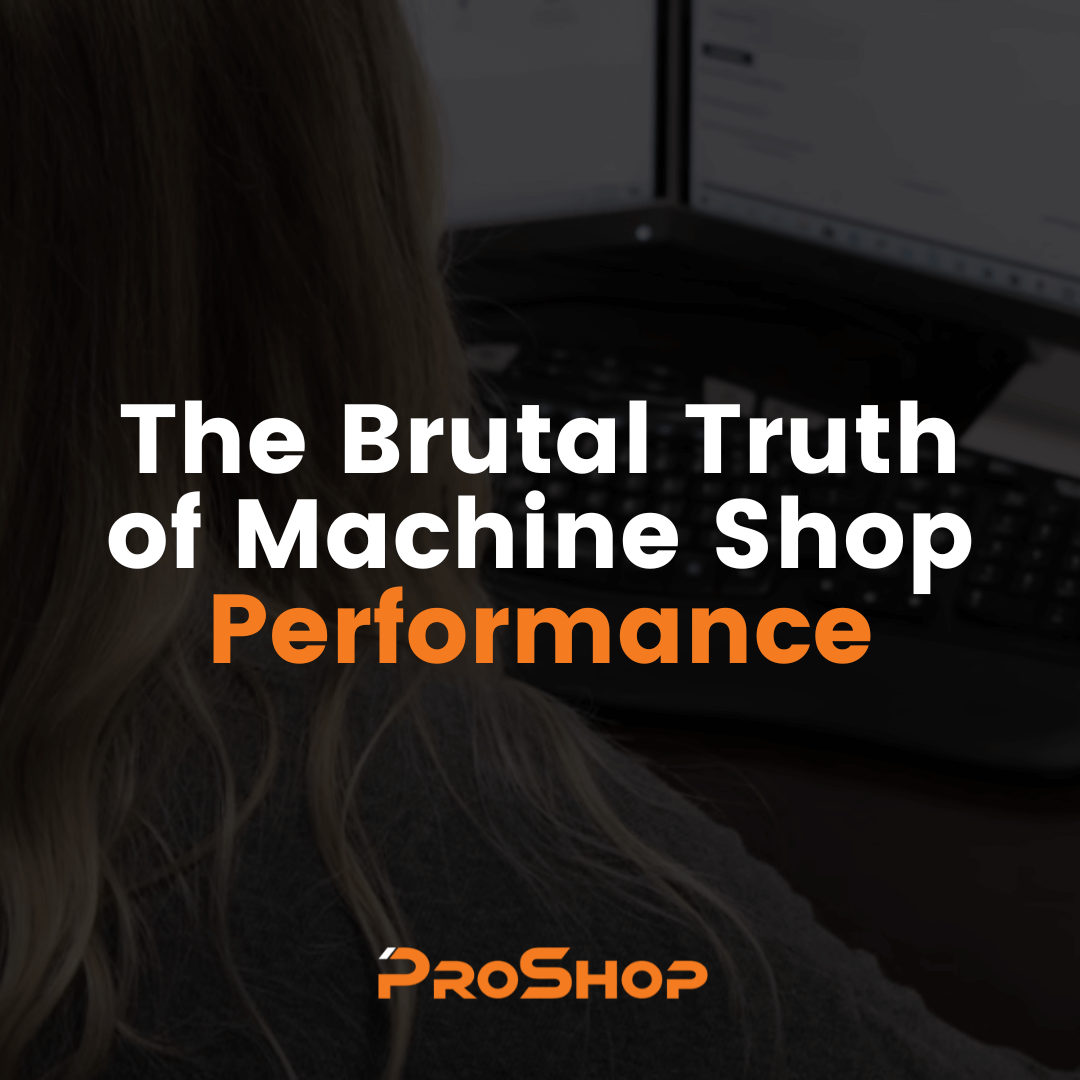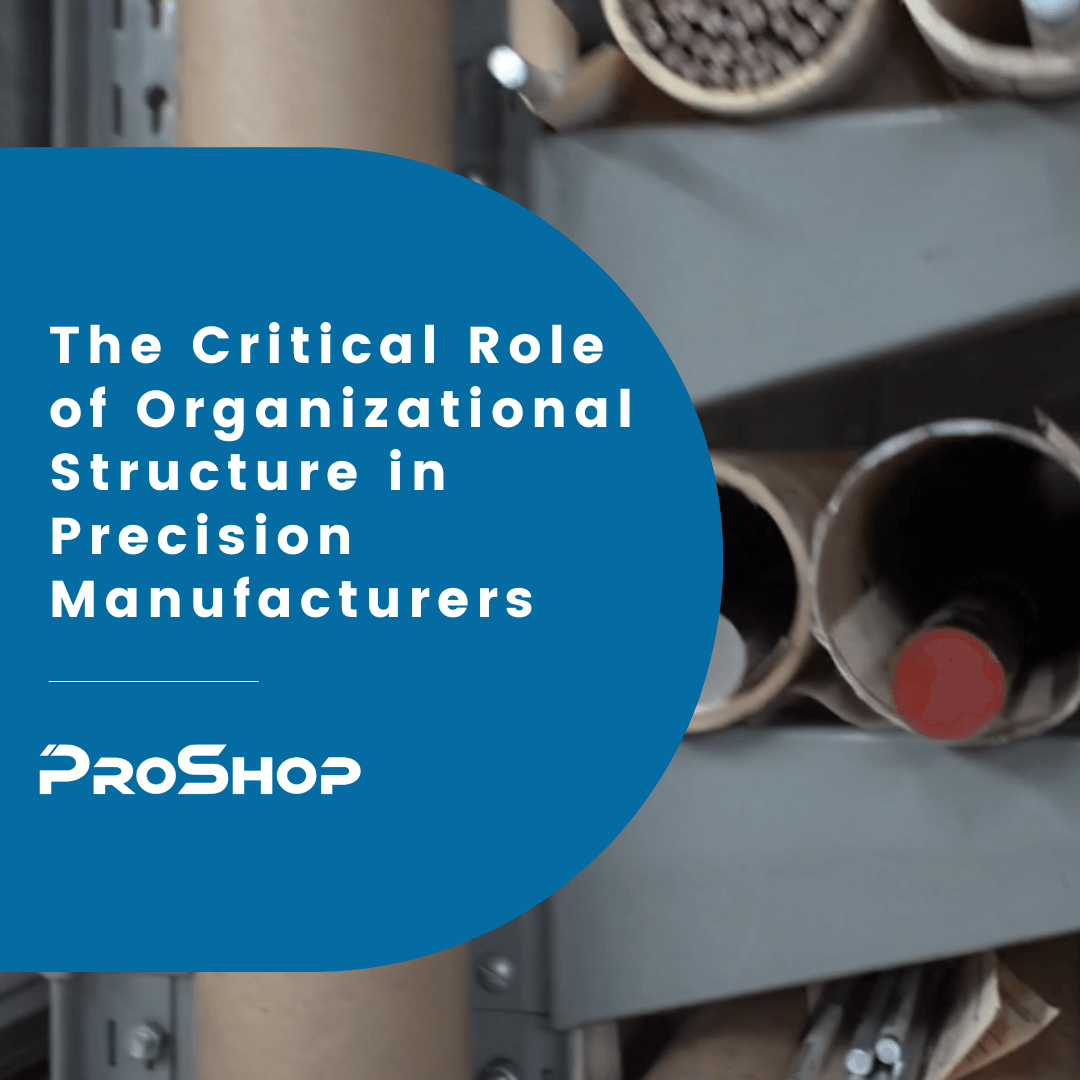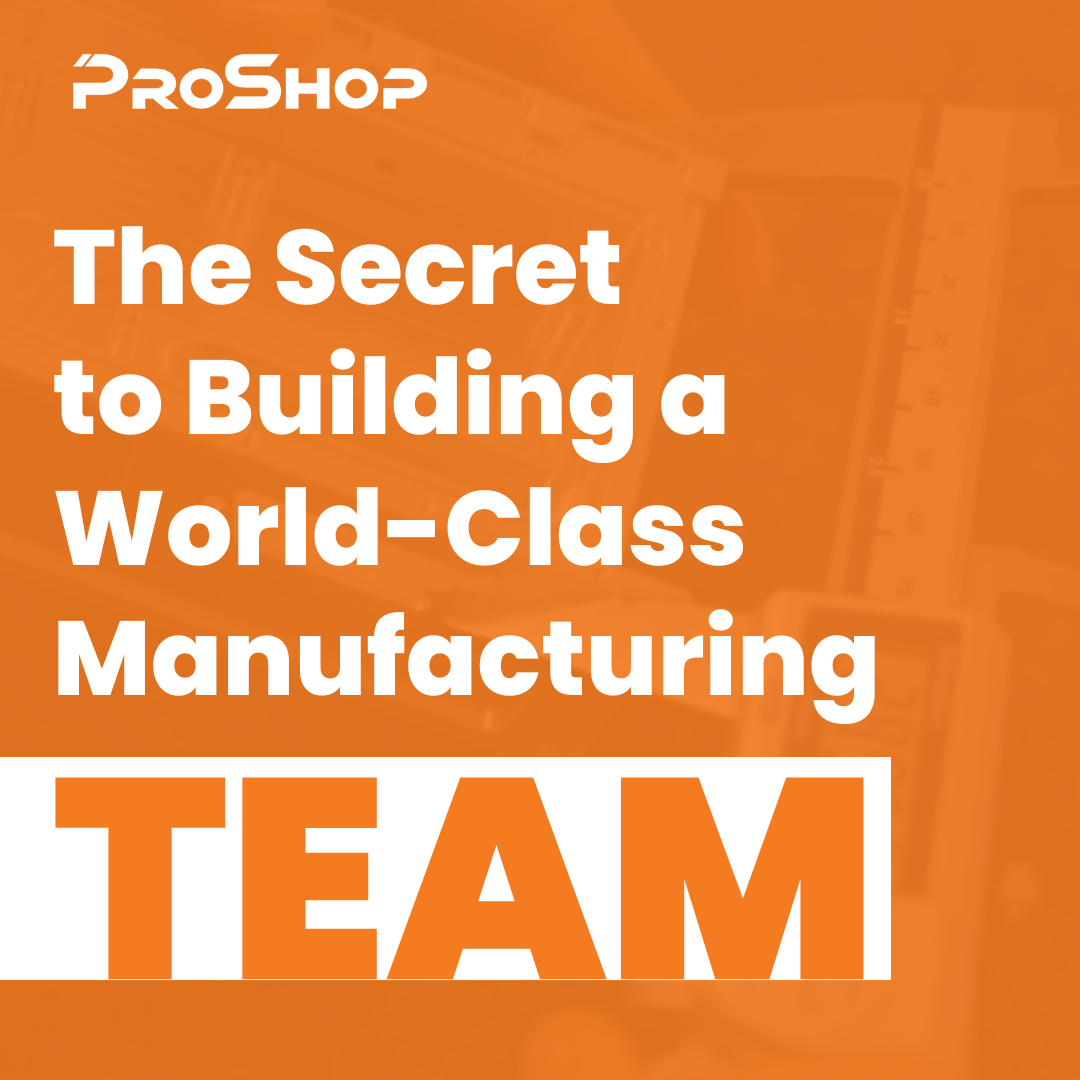Process
& Scheduling
Management
Maintenance
Management
& Inspection
& Material Planning
Financial Data
Management
Written by: Paul Van Metre
I continue to see a ton of chatter going on right now about the challenge of attracting qualified employees to come and work for manufacturing companies. While there still aren’t any miracle cures for that problem, I’ve previously written some blogs you might find helpful. Such as:
• “5 Ways to Mitigate the Lack of Skilled Machinists”
• “Attracting the Employees Everybody Wants”
• “Your Shop Needs a Better People Plan”
• “How to Do a Better Job at Recruiting Employees”
I won’t deny that there’s still much work to be done to address the shortage of skilled labor, build excitement about domestic manufacturing, and attract young people to the trade. That said, I’d like to talk about an aspect of this issue that doesn’t get as much airtime:
Setting up new hires to be effective and successful in their role
Finding qualified workers is important, but without a plan to help them prosper in their new role, chances are they’ll move on from your company before too long. You’ll have lost time, and money and be right back to posting that job ad on Indeed. As the saying goes, you only have one chance to make a first impression, so putting your best foot forward with a new hire is the first important task to having great employee retention.
If you’ve ever been a new employee that is under-equipped to succeed, you can likely relate well to the problem. The constant need to ask questions about your job can certainly influence your self-esteem. Everyone wants to be competent in their role and feel like they are contributing to the objectives of the team. As an employer or manager responsible for the onboarding process, you can likely relate to the pain of not having an effective onboarding plan in place. Throwing new hires onto the busy shop floor and expecting them to absorb the needed information by osmosis is not a winning strategy. Placing your new hires in the business of reading minds is neither effective nor kind.
Let’s unpack this further:
It doesn’t matter if it’s on the production floor or in shipping and receiving; successfully training and onboarding a new employee can be a difficult and long process if you allow it to be. As an employer, you want to see a return on investment for the wages that you are paying your team members. If you don’t have an efficient onboarding process (or any process at all, for that matter), that return might not be realized for many months after bringing on a new hire, and the returns might be negligible at best.
This can feel frustrating for the whole team, especially when the shop floor is busy. The unnecessary friction can lead to costly mistakes. Those responsible for training that new employee might feel overwhelmed answering a multitude of questions, sometimes the same questions repeatedly, in addition to completing their regular daily work.
Let’s stop here and make an important point: It’s not the new hire’s fault.
As the leader(s) of the organization, it’s your responsibility to develop an efficient and effective onboarding process. New employees need ready access to the information and tools needed to do their job well. This is as true for new hires as it is for existing employees transitioning into new roles. Will an effective onboarding process eliminate all the challenges associated with onboarding? Probably not, but you’ll surely stack the deck in your favor! (For the employee, too)
When implementing something new for the first time, it’s best to start with the low-hanging fruit. Having your process written out in a standardized way is important to keep track of it and to improve it over time. You could create something as simple as a Google Doc, which contains links to various training videos and internal training documents. That process could be replicated for each unique position in the company, and every shop can do that! That said, we believe that ProShop users have a distinct advantage when it comes to developing a successful onboarding strategy.
How can ProShop help?
If you’re already using ProShop as a centralized hub of information to efficiently run your shop, it only makes sense that your onboarding process lives there too. How? by leveraging ProShop’s Part and Work Order functions like you do for any customer machined component. Existing ProShop customers such as Hill MFG, JJR Fabrication, and Focused on Machining have successfully developed an onboarding training process this way with great results!
By issuing a part number for employee training, you can define an order of operations that include all required aspects of the job training process. This could include materials such as:
• Workplace safety training
• Information about the org chart
• Internal training documents linked from ProShop’s built-in company training manual
• Links to external training resources such as NIMS or NTMA-U
• YouTube videos that detail tasks such as trimming a vice or how to read measuring tools
• Titans of CNC machining tutorials
• Training related to ISO and other process compliance
There’s really no limit. Using our multiple routings feature, you can customize the onboarding experience for each unique role. When you hire a new team member, create a ProShop user for them and issue them a training Work Order related to the responsibilities of their position with the relevant routing. Ask for feedback. Refine those training part numbers over time. Measure their effectiveness. Refine them some more.
By making these onboarding documents readily available, new hires can re-visit them as needed instead of having to ask a fellow team member. When they do ask questions that aren’t covered in the onboarding material, that’s an opportunity to add that information in for the next new hire, further strengthening the process.
This might take some time to set up on the front end, but remember, you’re investing in a process that will pay dividends over time. By investing in a robust onboarding process, you’ll not only reduce your own frustration and training costs, but you’ll enable that new hire to be effective at their job in a shorter amount of time. Employees who feel like they are contributing to the organization in a meaningful way experience higher job satisfaction and tend to stick around longer. Everybody wins.
Remember, the pain of attracting new talent to your machine shop is greatly reduced when you can retain employees for a longer period of time. You can nurture those employees into more senior positions as other team members move on or retire. Yes, there’s more to employee retention than an efficient and effective onboarding process. That said, helping new hires enjoy a sense of competency and some early wins will certainly go a long way to maintaining satisfaction in their role, as well as a hunger to advance within the company. A robust onboarding strategy is just one more tool in the toolbox of a proactive people plan to bolster the future success of your machine shop.


